10 Sharks That Lurk In Rivers Not Oceans
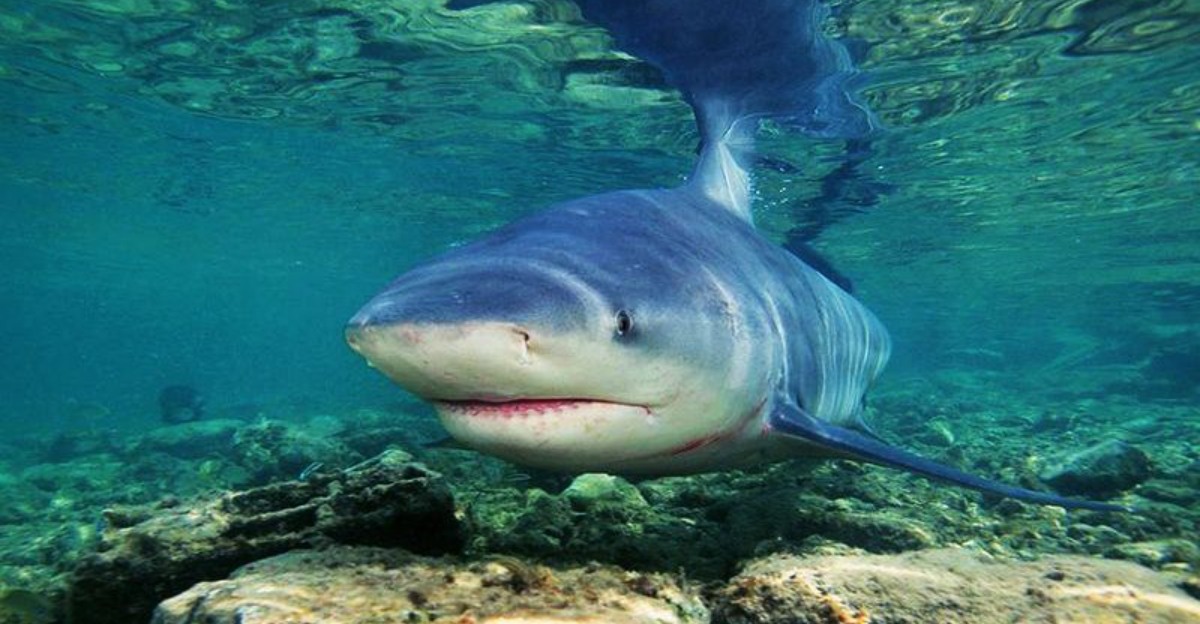
Most people think sharks only live in oceans, but several species actually make their homes in freshwater rivers and lakes.
These river-dwelling predators have adapted special biological features that allow them to survive in non-saltwater environments.
From the mighty Amazon to the murky Ganges, these unexpected river sharks prowl waterways where many swimmers never expect to encounter them.
1. Bull Shark: The Ultimate River Adventurer
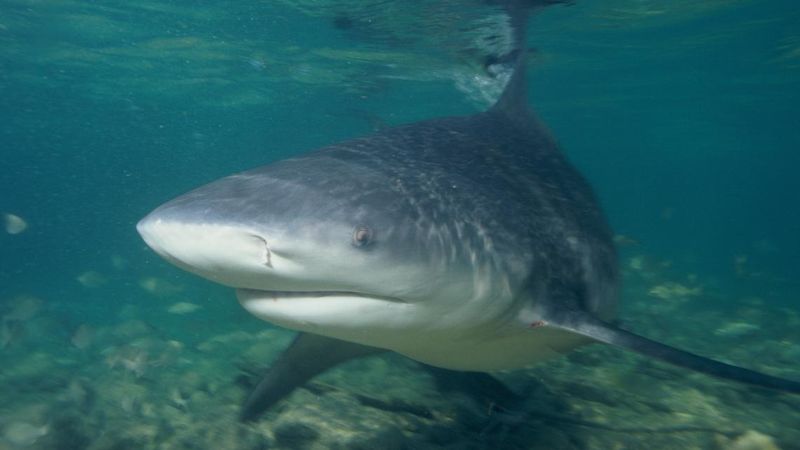
Notorious for their aggressive temperament, bull sharks can regulate salt levels in their bodies – a superpower that lets them swim freely between salt and freshwater. They’ve been spotted over 2,000 miles up the Mississippi River!
Unlike other sharks, bulls thrive in shallow, murky waters where visibility is poor. This adaptability makes them one of the most dangerous sharks to humans, especially in rivers where people don’t expect to meet a shark.
2. Ganges Shark: India’s River Mystery
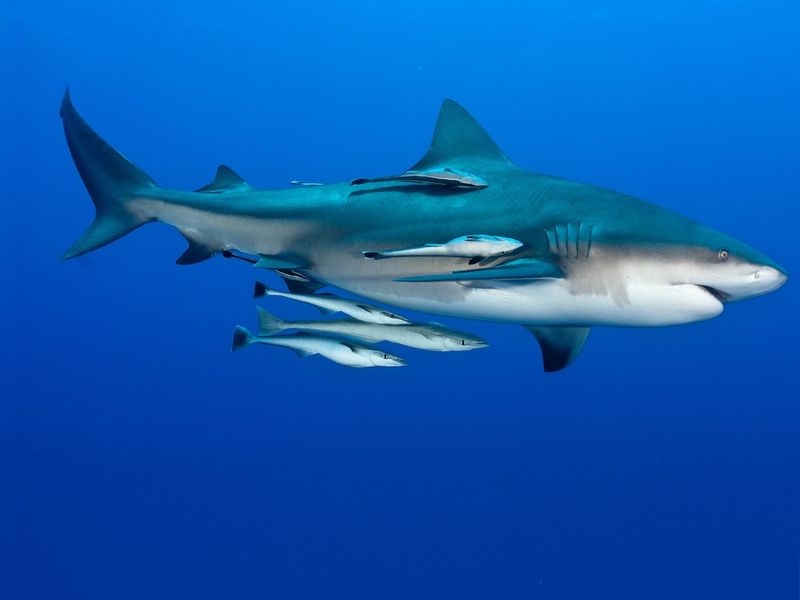
Rarely seen and often confused with bull sharks, these elusive predators call India’s sacred Ganges River home. Local fishermen whisper stories about them, yet scientists have documented very few specimens.
Their gray-brown coloring blends perfectly with the sediment-heavy waters. Unlike their ocean cousins, they’ve evolved specialized kidneys to handle freshwater environments, making them true river specialists rather than just visitors.
3. Speartooth Shark: Northern Australia’s Hidden Hunter
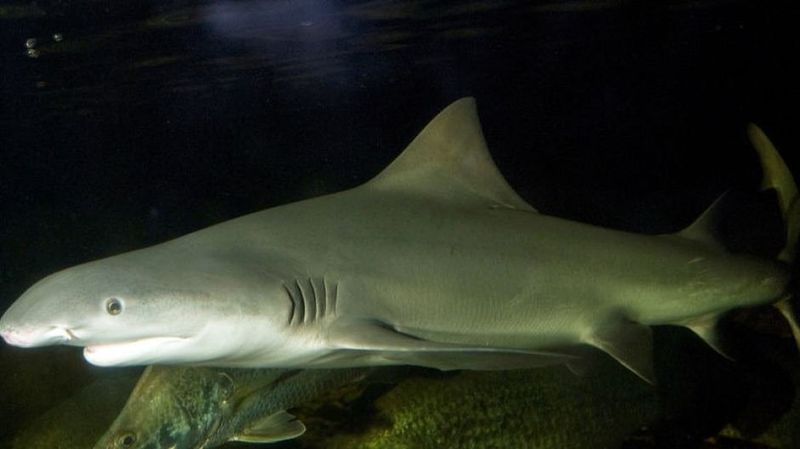
With dagger-like teeth that inspired its name, this critically endangered shark prowls the murky rivers of Australia’s northern territories. Young pups are born in rivers and stay there until reaching maturity.
Scientists didn’t even confirm this species existed until 1985! Their unique teeth arrangement – needle-sharp in the upper jaw, broad and triangular below – creates a specialized hunting tool perfect for catching slippery river prey.
4. Northern River Shark: The Kimberley’s Secret
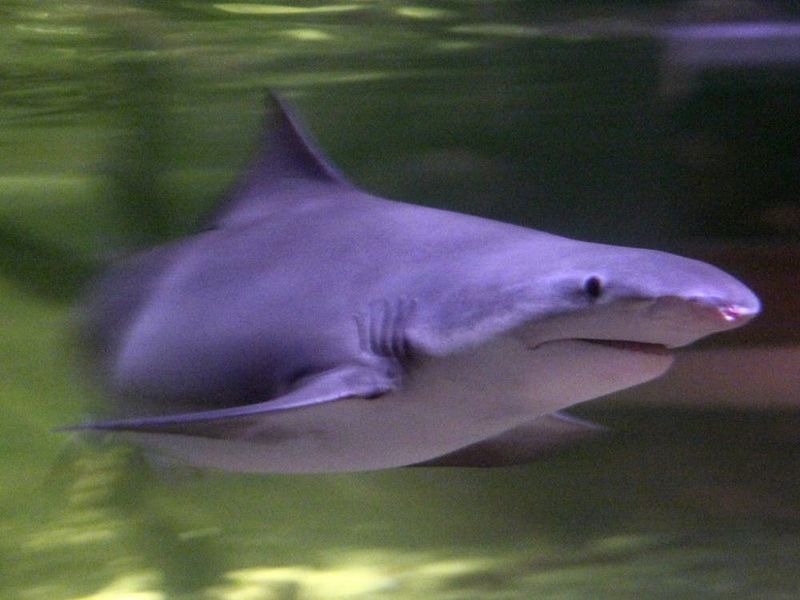
Found in the remote waterways of Australia’s Kimberley region, these sharks are so rare that scientists have only encountered a handful. Their stocky bodies and small eyes are perfectly adapted to navigate muddy river systems.
Unlike ocean sharks that need constant movement, northern river sharks can rest motionless on the riverbed. They use electroreceptors to detect prey in zero-visibility conditions, hunting fish and crustaceans that never see them coming.
5. Borneo River Shark: Rainforest Phantom

Swimming through the tangled river systems of Borneo’s dense rainforests, this mysterious shark might already be extinct. The last confirmed sighting was decades ago, leading some to call it the “ghost shark of Borneo.”
Local fishermen claim they still occasionally catch these sharks in remote tributaries. Their reported bronze coloration and unusually large dorsal fin would help them navigate through fallen trees and river debris in Borneo’s complex waterways.
6. Irrawaddy River Shark: Myanmar’s Living Fossil
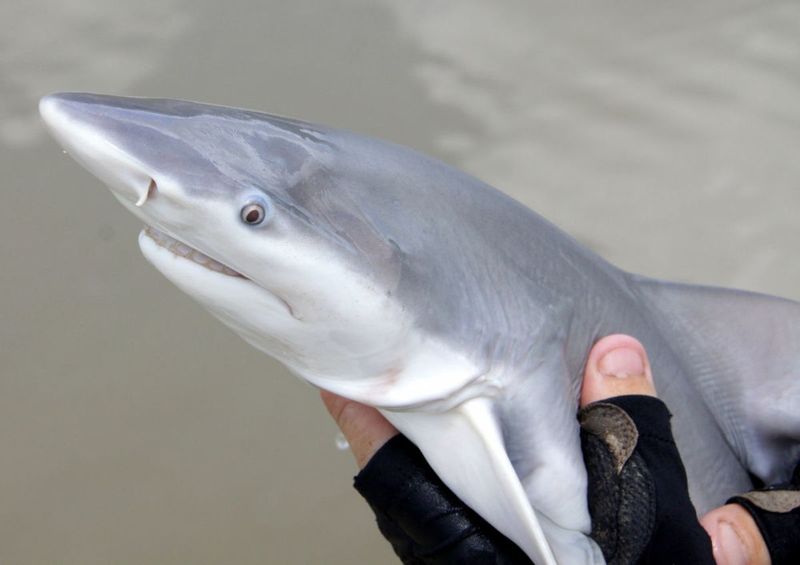
Known from just a single specimen collected in 1896, this shark remains one of zoology’s greatest mysteries. Scientists debate whether it’s truly a unique species or possibly confused with other river sharks.
The murky waters of Myanmar’s Irrawaddy River might still hide these creatures. If they exist, they likely have specialized feeding behaviors adapted to the river’s unique ecosystem, possibly using their snouts to dig through sediment for bottom-dwelling prey.
7. Zambezi Shark: Africa’s Freshwater Terror
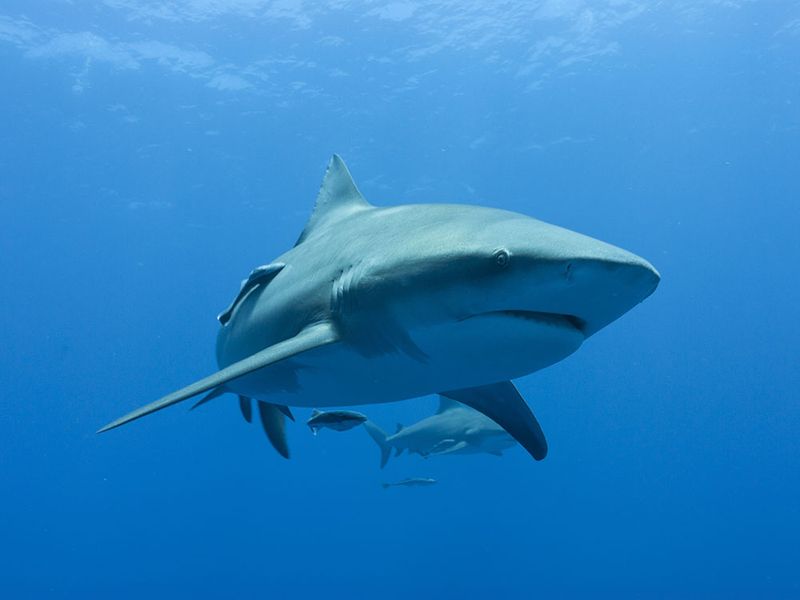
Actually another name for the bull shark, these predators earned a distinct reputation in Africa’s Zambezi River. Local attacks have given them a fearsome mythology among riverside communities who tell tales of river spirits.
They can travel astonishing distances upstream, with documented sightings over 1,000 miles from the ocean. Their incredible adaptability means they’ve been found in golf course ponds and drainage canals connected to the main river system.
8. Lake Nicaragua Shark: Volcanic Lake Predator
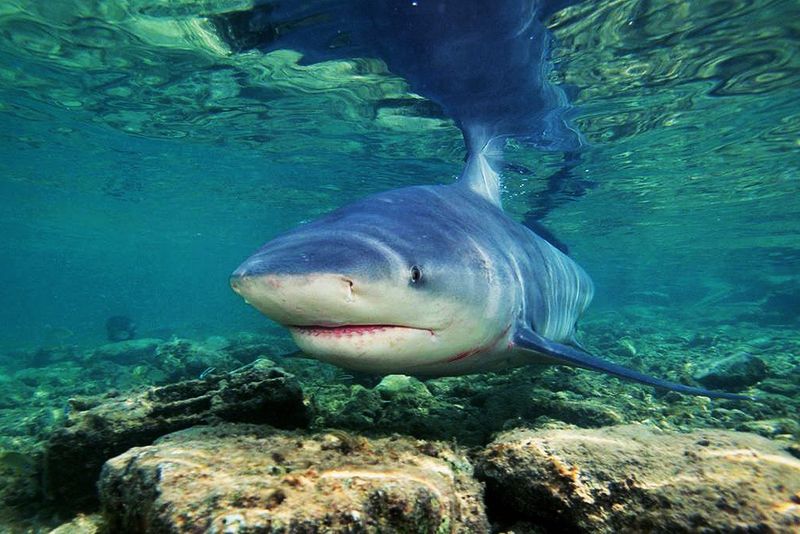
Imagine a shark living in a freshwater lake surrounded by volcanoes! These sharks – also bull sharks – were once trapped in Lake Nicaragua when geological changes sealed off their exit to the sea.
Local fishermen used to believe they were a unique species that evolved in isolation. Scientists later discovered they actually swim up the San Juan River from the Caribbean, proving their remarkable ability to conquer seemingly impossible barriers between ocean and freshwater.
9. Bizant River Shark: Queensland’s Mystery Predator
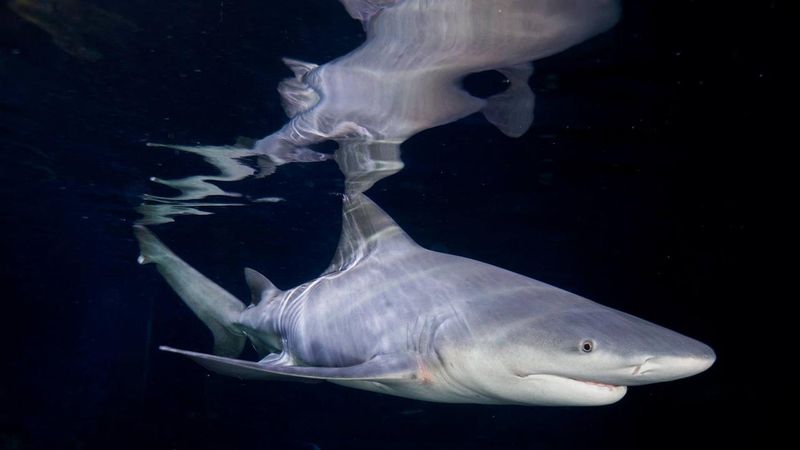
Lurking in the crocodile-infested waters of Queensland’s Bizant River, these rare sharks share their hunting grounds with Australia’s most fearsome reptiles. First documented in the 1980s, they remain poorly understood by science.
Their unusually small eyes suggest heavy reliance on other senses for hunting. These sharks have evolved specialized ampullae of Lorenzini (electroreceptors) that can detect the faintest electrical signals from prey hiding in the muddy riverbed.
10. New Guinea River Shark: Papua’s Forgotten Predator
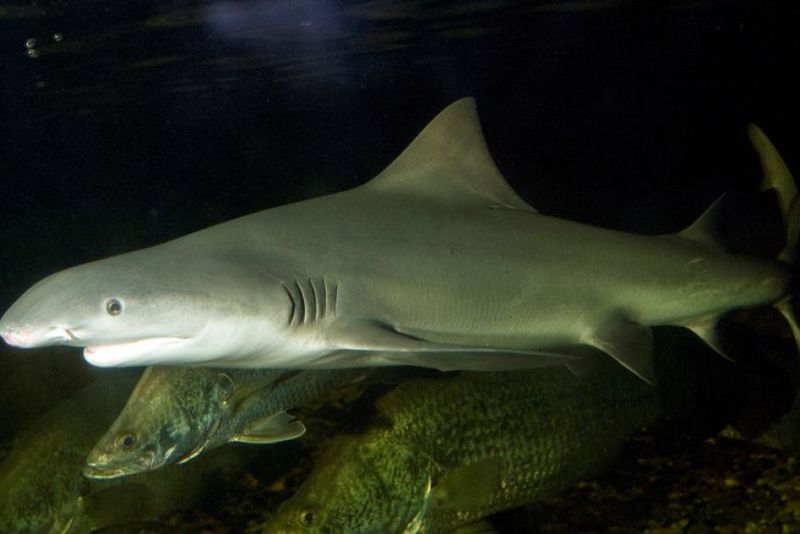
First described in the 1970s, this shark vanished from scientific record until recent expeditions rediscovered it in Papua New Guinea’s remote rivers. Its flat head and stubby snout help it navigate through tight spaces between river rocks.
Local tribes consider these sharks sacred and avoid fishing them. Their diet consists mainly of catfish and eels, which they hunt by detecting electrical impulses from prey hiding in river sediment – a perfect adaptation for life in waters too murky for visual hunting.






